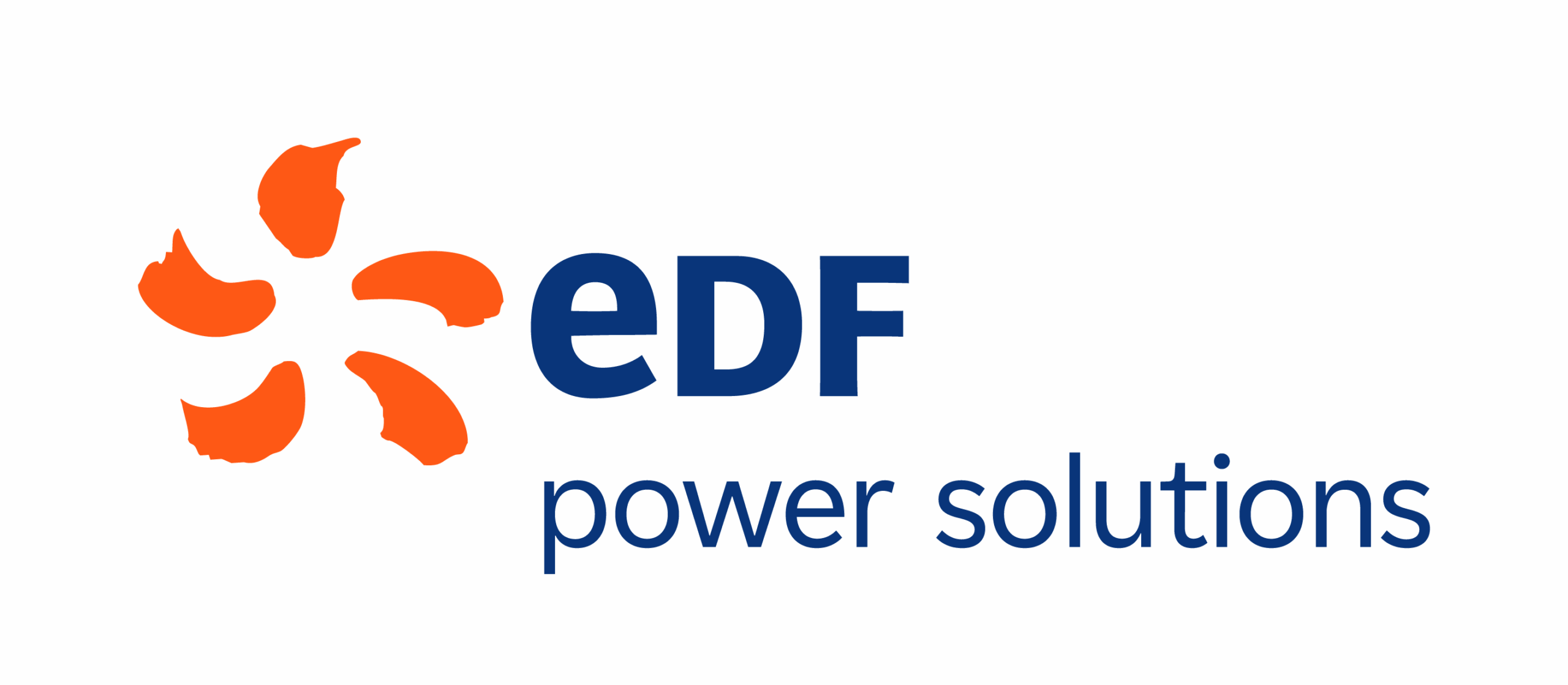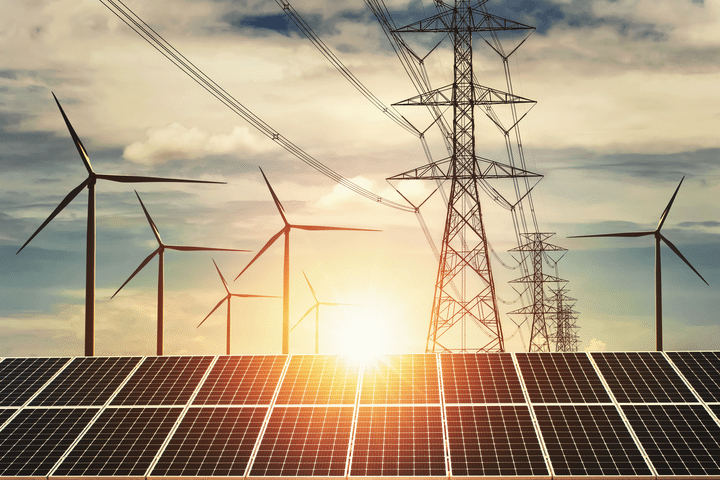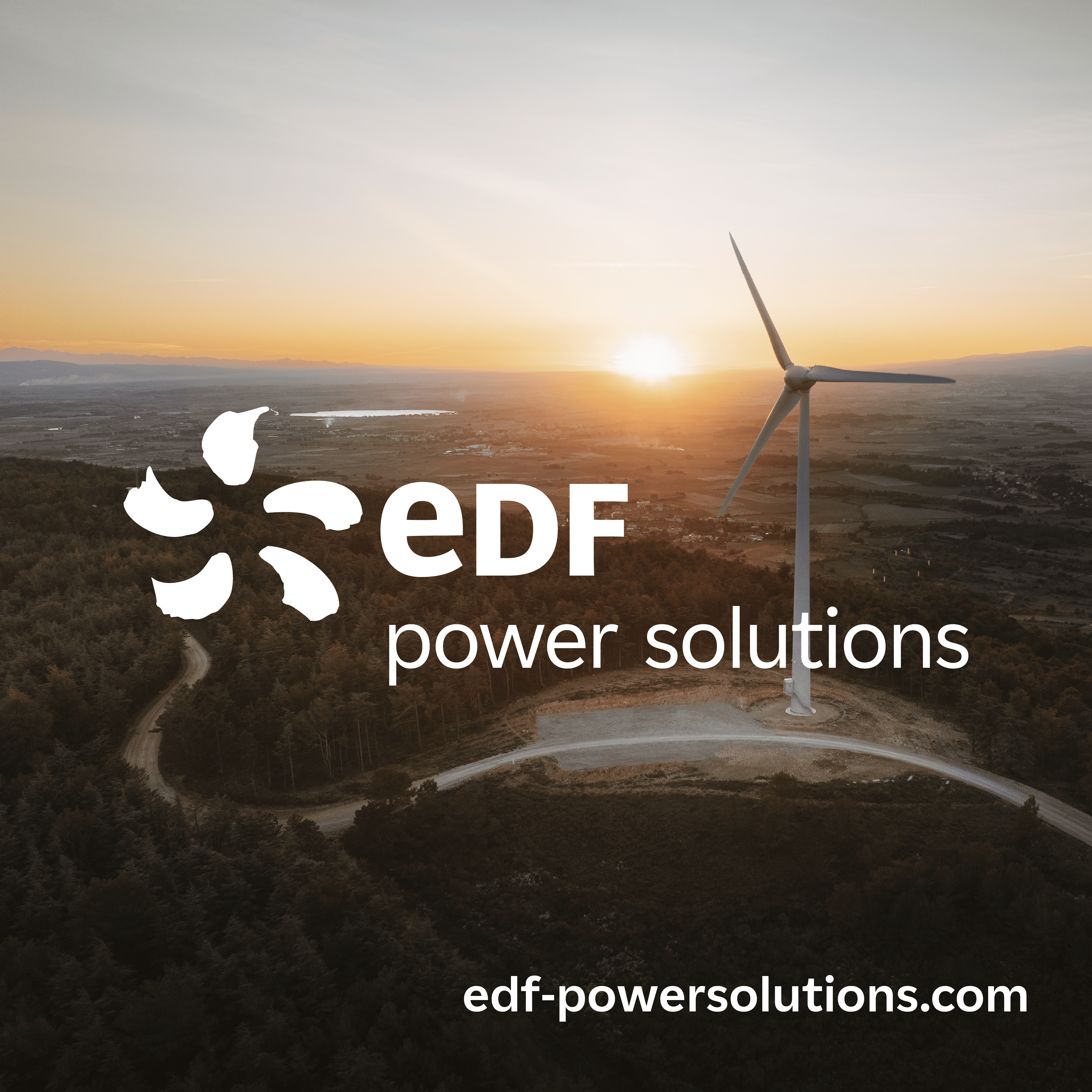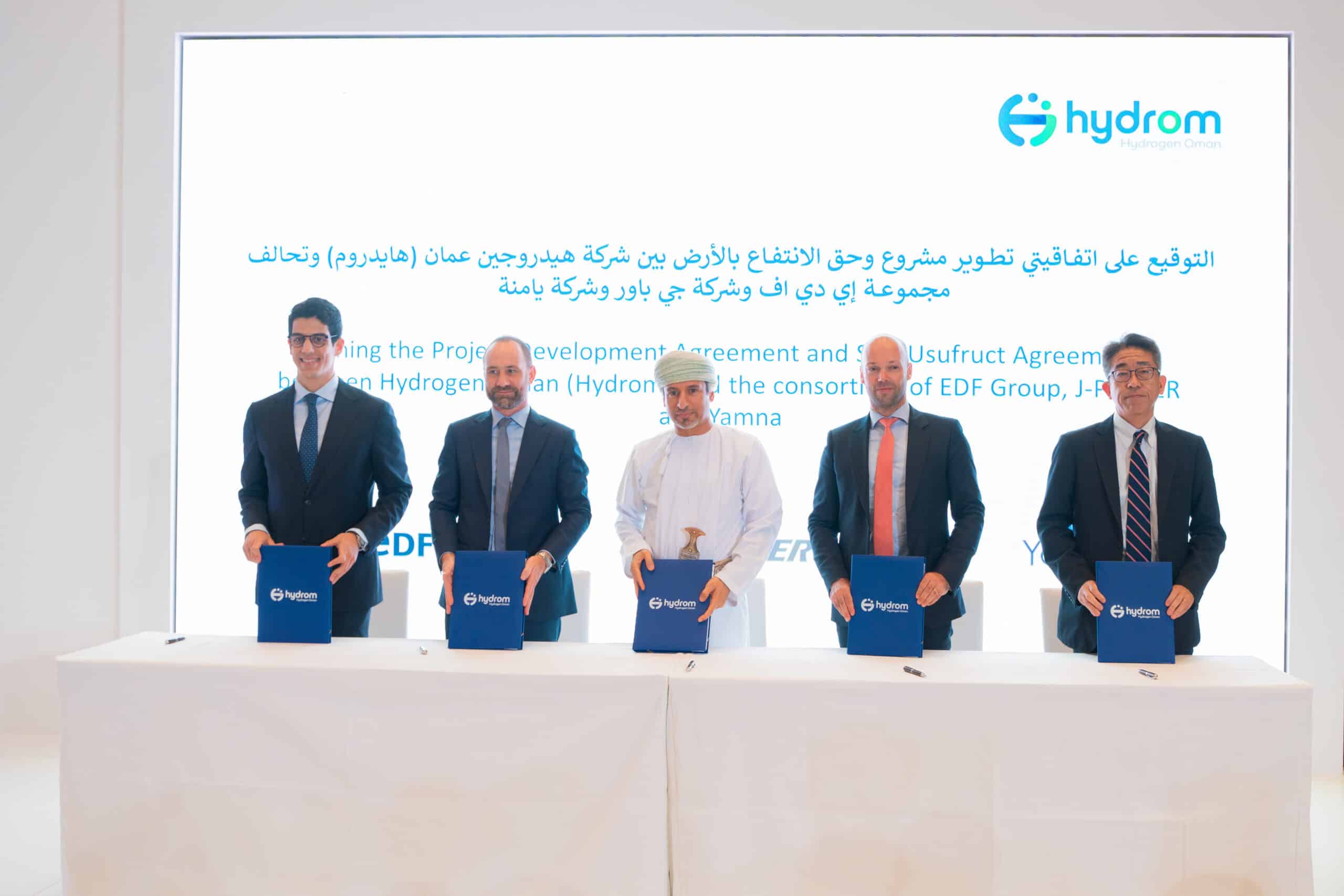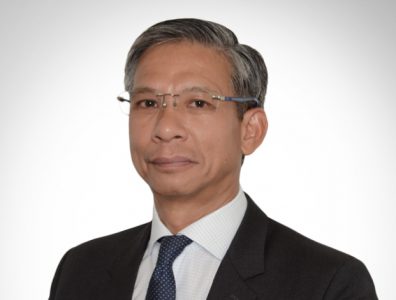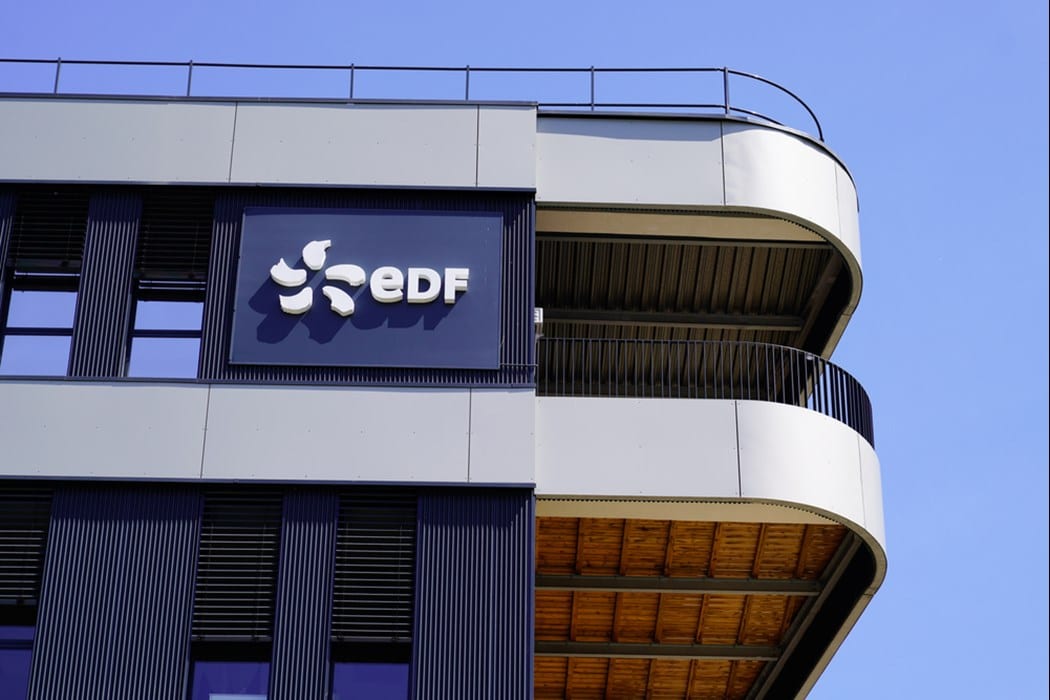- Large-scale initiatives speed transition to renewables, while meeting growth, development targets
As countries strive to meet growth and development targets, many are also considering climate change and its implications, such as turning to clean and renewable energy.
How can economies today ensure global decarbonization in the private, consumer and industrial sectors? Achieving carbon neutrality requires energy efficiency in everything that can be electrified, or turning to carbon neutral hydropower.
The delivery of clean energy solutions is already playing a significant role in the sustainable energy revolution.
French multinational electric utility company EDF, one of the main actors in the industry, is studying the possible synergies between nuclear, renewable energies and hydrogen generation, including the hybridization of electricity production.
France has made a commitment to reducing greenhouse gas emissions, as well as consolidating its nuclear assets in coming decades to achieve carbon neutrality. The French pavilion at Expo 2020 brought together energy experts to share insights and best practices.
EDF’s strategy
“CAP 2030” is EDF’s main strategy to double the group’s net renewable capacity from 28 GW, including hydro, to 60 GW. The additional 30 GW that the group aims to produce in the years leading up to 2030 will consist of renewable power, such as wind, on-shore, and off-shore solar and PVs.
To speed up their energy transition, countries in the Middle East region are developing large-scale projects in line with the goal to develop their GW targets, which is consistent with the group’s strategy.
“The Middle East is a strategic area for EDF Renewables, and ultimately for the EDF Group. We have currently secured 4 GW of projects in the Middle East and Africa, and we have a pipeline of five additional GW in the Middle East,” said Olivier Bordes, EDF Middle East’s managing director.
EDF’s portfolio consists of 14 GW of renewable assets worldwide. The strategy applies in 23 countries where the group is present.
Shifting away from the historical market of Europe and North America, the strategy follows two trends: First, rebalancing the business toward regions including Latin America, Africa, Asia and the Middle East, which is expected to be one of the major contributors to the business in coming years.
The second trend is rebalancing solar and wind production, with more than 70 percent of the company’s portfolio concentrated in wind energy historically.
Projects in the region
The Parc eolien de Dumat Al-Jandal in Saudi Arabia is the largest wind farm in the region, with an installed capacity of 416 MW. The tender, organized by the Saudi Ministry of Energy, was awarded to EDF, along with its partners Masdar and Nesma Company in 2018, based on the lowest tariff (less than $20 per MWh).
Dewa 3 in the UAE, with installed capacity 1 GW, was developed by a consortium led by EDF Renewables in partnership with Masdar.
Projects under construction include the Dhafra PV2 solar scheme in Abu Dhabi (power capacity 2 GW), the largest single-site PV initiative in the world.
EDF’s first PV project in the Kingdom is a 300 MG PV solar power plant in Jeddah being built by a consortium led by EDF Renewables, Masdar and Nesma Company.
The projects are expected to begin operating by late 2022.
Partnerships
“Partnership is a key factor for success. We have partners to develop our market in the region, particularly in the UAE and in KSA,” said Bordes.
In the energy sector, complementarity and innovation are fundamental for value creation, to offer the market more competitive proposals, and to participate in the energy transition.
“The Middle East program has ambitious targets. One of the main challenges is to continue to accelerate the development to reach the energy transmission targets, while ensuring EDF’s quality and durable design, mitigating potential outages and maintenance requirements,” said Bordes.
EDF recently won a stake in a $3.6 billion project to develop and operate a transmission system alongside ADNOC and TAQA. This subsea transmission network, the first of its kind, will decarbonize the offshore production of ADNOC, supporting the UAE’s goal of being net zero by 2050.
The EDF Group has developed energy services around district cooling and energy efficiency. All the value chain is covered, to change the energy mix and achieve carbon neutrality.
“We believe that the best energy is the one that is not consumed. The energy mix is changing. In the coming decade, the objectives announced by countries in the region are in terms of development of renewable energy in GW, namely 60 GW for KSA,” said Laurent Clement, CEO and managing director of EDF Middle East.
